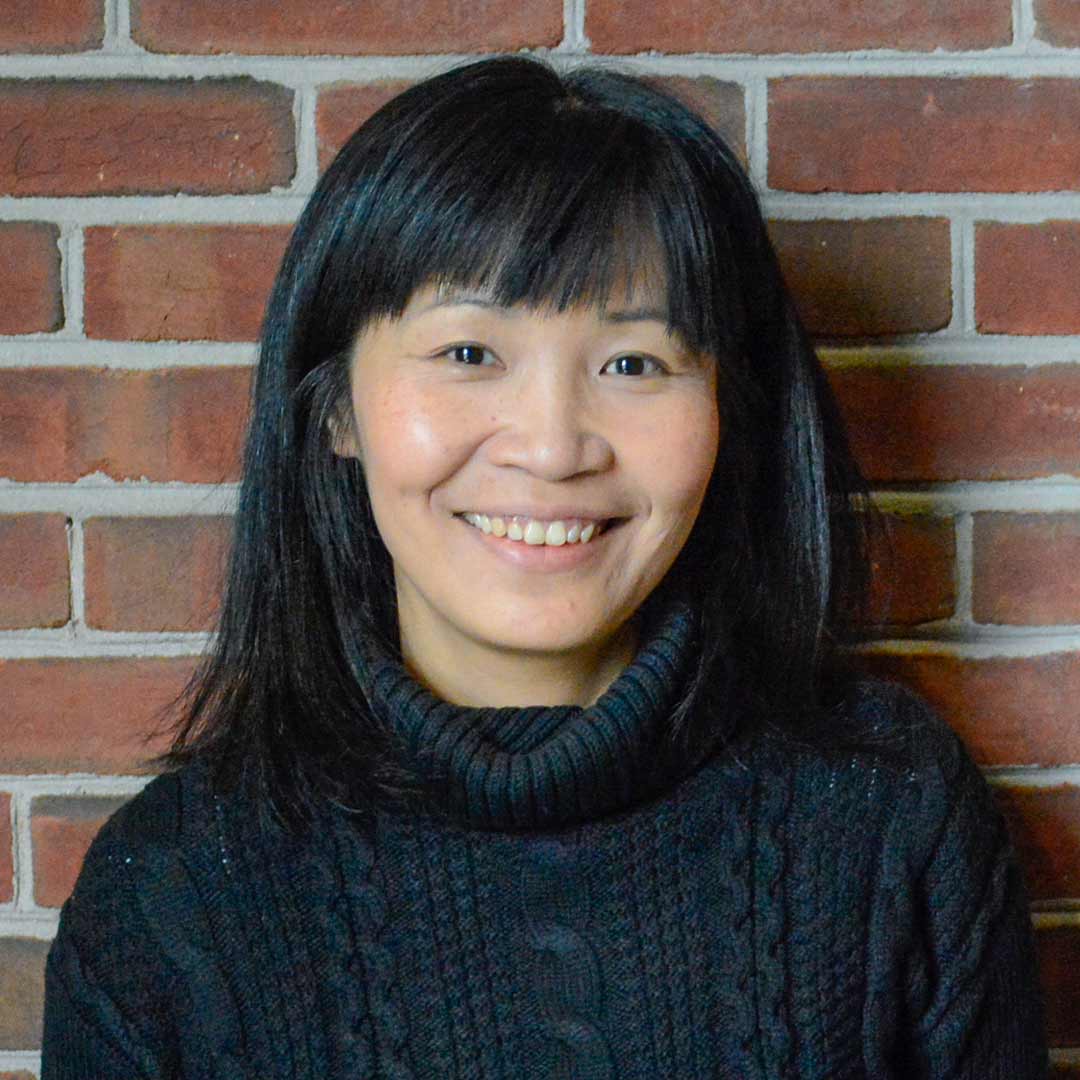- October 05, 2020
- By Maggie Haslam
Imagine walking into the office, greeted by the trilling of your phone with the day’s schedule. Because you don’t have an assigned desk, the building suggests where to start your day, based on your meeting locations and preferred work space—maybe a standing desk or a spot in a sun-filled atrium. As you settle in with your laptop, the thermostat and lighting automatically set to meet your comfort level.
This isn’t Hollywood’s idea of a futuristic workplace. It’s happening now in Amsterdam at the Edge, Deloitte’s European headquarters.
 Ming Hu, assistant professor in UMD’s School of Architecture, Planning and Preservation, points to the Edge as a harbinger of the next building movement in her new book, “Smart Technologies and Design for Healthy Built Environments.” Released last month, it explores how the sustainable building movement is ripe to address an emerging facet of green building design: one that’s good for a person’s physical, biological, physiological and psychological health.
Ming Hu, assistant professor in UMD’s School of Architecture, Planning and Preservation, points to the Edge as a harbinger of the next building movement in her new book, “Smart Technologies and Design for Healthy Built Environments.” Released last month, it explores how the sustainable building movement is ripe to address an emerging facet of green building design: one that’s good for a person’s physical, biological, physiological and psychological health.
“If we identify the period from the 1990s to the present day as an era of sustainable building, then the next couple of decades could be the era of healthy and smart buildings,” says Hu. “Professionals in the built environment are increasingly using public health as a criterion for design or planning.”
With the standardization of energy conservation in design and construction, the industry has seen a shift toward buildings that are not just good for the environment, but good for the occupants, centering on features that promote productivity and creativity, physical health and lower stress levels. The advent of smart technologies has allowed designers to move from structures that offer static benefits to ones that evolve and adjust; data, says Hu, plays a central role, allowing a building to “learn” from its inhabitants’ needs.
Combined with integrated technologies and systems—like machine learning, “smart” objects and the internet of things—buildings can be transformed into responsive, intelligent bricks-and-mortar super computers.
“Smart Technologies” provides a snapshot of state-of-the-art making waves in building design and construction, from self-learning and responsive systems, to dynamic operability and energy efficiency, and connects them to the primary components of human health.
Case studies show how smart technologies and healthy design techniques work collaboratively to capture these factors and optimize the buildings’ systems accordingly. The Edge’s 28,000 sensors and ethernet-infused light panels are just part of its design package, a “pie-in-the-sky” collection that earned it the title of “Smartest Building in the World” by Bloomberg News in 2015. Smart Home in a Box, designed by researchers at Washington State University to help the disabled and elderly live more independently, features sensors that monitor activity and health—such as a sudden fall—and even identify future medical challenges. Costing just $1,200, it has already been deployed to roughly 100 units around Washington State.
While the book will appeal to practitioners interested in technology or the built environment, Hu wrote it with a younger generation in mind—not just architects, but also engineers and computer scientists, whose work will continue to intersect in the age of smart buildings. And while the future of healthy buildings may conjure visions of Big Brother for some, Hu suggested that the benefits should outweigh any apprehension.
“More than ever, I see it as the path forward for a sustainable, enriching way of live and work,” she says.
Topics
Research